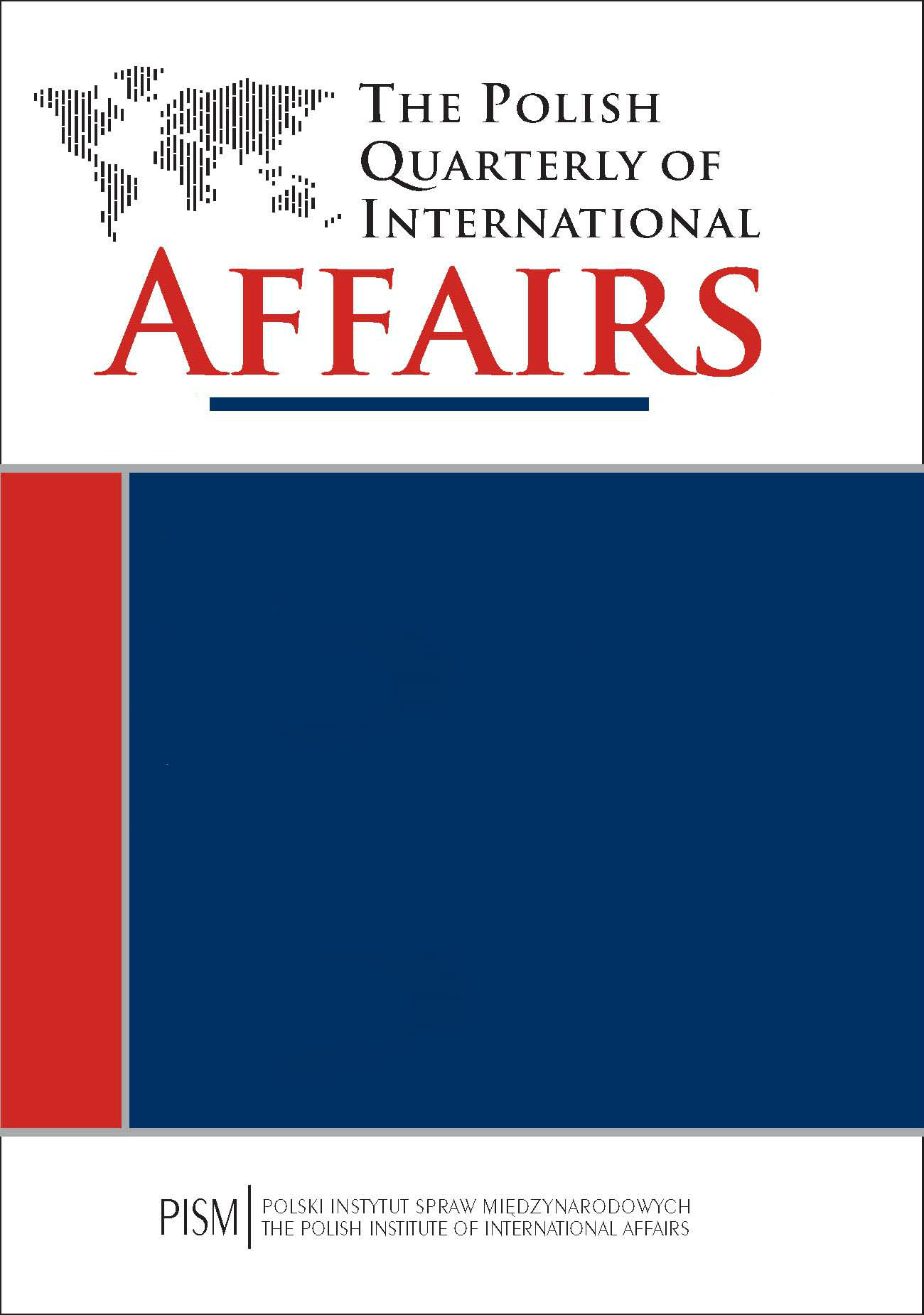
The “Eastern Partnership” of the European Neighborhood Policy (ENP) is known in the European Union (EU) and abroad as a Polish–Swedish initiative to relaunch the relations with the eastern neighbors: Ukraine, Moldova, Georgia, Azerbaijan, Armenia and, to a certain extent, Belarus. However, it also represents one of the three priorities set in the field of foreign policy of the Czech presidency of the European Union starting on 1 January 2009, beside the Western Balkans and transatlantic relations.2 Why is the contribution of the Czech government to the definition of this new Partnership less well known? What was the real contribution of the Czech side to the EU policy?
More...
Kurt Horedt: Das frühmittelalterliche Siebenbürgen Otto Dahinten: Geschichte der Stadt Bistritz in Siebenbürgen Klaus Stopp: Die Handwerkskundschaften mit Ortsansichten Johannes Honterus: Rudimenta cosmographica Johannes Sommer,Christianus Schesäus:Scrieri alese Documente turce~ti privind istoria Romaniei Serafin Duicu: Pe urmele lui Samuil MicuClain
More...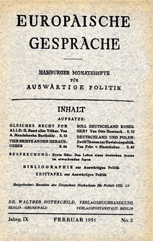
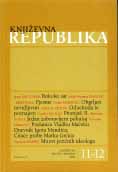
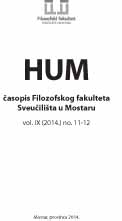
Šimun Musa - Matija Petar Katančić – Izabrana djela, Stanislav Marijanović (prir.), Matica hrvatska, Zagreb, 2014., 480 str. Zvonimir Glavaš - Zbornik radova sa znanstvenog skupa Opus fra Petra Bakule, Mostar, 17. – 19. svibnja 2012. godine, Pavao Knezović, Marko Jerković (ur.), Knjižnica Tihi pregaoci (Knjiga 11), Hrvatski studiji Sveučilišta u Zagrebu, Zagreb, 2013., 664 str. Zoran Pervan - Actuality of the past, Ivan Kordić, (ur.), Institut za filozofiju, Zagreb, 2014., 198. str. Šimun Musa - Fra Jozo Vasilj – život za druge, Ivan Dugandžić, Jakov Sučić (prir.), Informativni centar „Mir Međugorje“, Međugorje, 2014., 213 str. Velimir Begić - Miroslav Vasilj, Sportsko novinarstvo, Synopsis, Sarajevo – Mostar, 2014., 268 str. Žana Mikulić - Stipe Kutleša, Filozofija Ruđera Boškovića, Naklada KruZak, Zagreb, 2012., 211 str.
More...For better understanding Alexander Safran’s “struggle” in defense of the Romanian Jews’ rights after his election as Chief Rabbi of Romania, it is necessary to recount, if briefly, his itinerary, his education, his first writings and first stands.
More...
The article presents opinions on the Eastern Partnership project and related activities in the Czech Republic’s European and foreign policy. While previously the country did not place much emphasis on Eastern Europe, the factors which now made of the region an important goal for Czech foreign policy include: taking over the EU Council presidency; announcement of the Union for the Mediterranean, initiated by President Sarkozy; the Polish and Swedish initiative on Eastern Partnership; and the Russo-Georgian war in summer 2008.
More...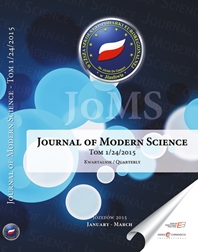
Keywords: Pharmaceuticals in the environment; Gammarus varsoviensis; toxicity of mixtures; fluoxetine; propranolol;
The problem of pollution of aquatic environment by pharmaceuticals and theirs metabolites is not enough known and appreciate in Poland. Presence of drugs in water, even in small concentration, can carry real consequences for aquatic organisms, disturb biological balance in ecosystem and even it can have an impact on a human health. Many active substances contained in pharmaceuticals are degradating very slowly in aquatic environment. Due to their lipophilicity, they can easily accumulate in tissues of aquatic organisms. In the aquatic ecosystems drugs occur in mixtures with other substances, what makes difficulties in proper assessment of their real impact on the environment. Indeed, these compounds may mutually induce or suppress their toxic effects. During presented research were used occurring in flowing waters crustaceans Gammarus varsoviensis. The aim of this study was to comprehensively evaluate the usefulness of scuds as bioindicators of water pollution by drugs. Fluoxetine (antidepressant), propranolol (antiarrhythmic drug) and various mixtures there of are used in the research. During the research the acute toxicity of mentioned substances were analyzed – according to Polish Standard. The growing relationship between the mortality of tested organisms and the concentration of tested compounds was established. The increase of toxicity of the tested drugs in its mixture was also observed.
More...Keywords: vagueness; sorites paradoxes; objects; knowledge; identity; Hobbes; Locke; Leibniz.
The vagueness problem in philosophy is very difficult. Ancient philosophers (the School of Megara and the Stoics) were familiar with this difficulty. The dilemma was discussed in the modern era by Hobbes and Locke. ʺThe Theseusʹ shipsʺ, ʺthe paradox of the heapʺ, ʺZenoʹs argumentʺ, ʺthe sorites paradoxesʺ share the same dilemma about the existence and the knowledge of vagueness objects. These difficulties arise at the level of language: it is the question of vague predicates. In the 17th century, Leibniz illustrated this old problem, within his project to invent a Lingua Characteristica Universalis, that was supposed to remove from our language every ambiguity, with the help of formal calculus. Our assumption that every object is a vague object should be supplemented with the idea that knowledge is vague too. To support this double sentence, we build the following argument: i) the identity criteria for objects in time are paradoxical; ii) to escape from this dilemma, we must design object identity as vague; iii) this implies a vague ontology; iv) but identity is ambiguous and presupposes the idea of recognizing things, in other words, the idea of identification criteria; v) we can therefore talk about vague identification; vi) which gets us back to vague knowledge.
More...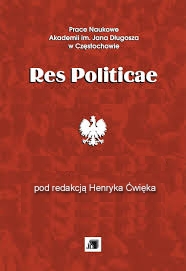
Keywords: Cracow;history;policy;law
The free, independent and autonomous City of Cracow, commonly known as the Republic of Cracow, was established at the Congress of Vienna. However, its protectors soon realized that their decision was a mistake which required to be quickly corrected. Russia, Austria and Prussia decided about the life of that ‘miniature Republic’, covering about 1150 square km. Trough such activities as the appointment of the Free City’s government, setting up of special commis-sions for a seeming improvement of the life of the citizens of the Republic of Cracow, as well as bringing changes into the Cracow’s laws and regulations to suit their needs, they wanted to liquidate the Republic of Cracow as soon as pos-sible. All small misunderstandings were exaggeratedthus contributing to dis-putes with the Republic’s autonomous institutions, which, in turn, generated its unfavourable reputation on an international level.
More...Keywords: Zsigmond Kemény; psychological novel; free indirect discourse; interior monologue; stream of consciousness;
This article examines the novels of mid-nineteenth-century Hungarian author Zsigmond Kemény. Falling roughly at the beginning of what is often referred to in critical literature as the century of psychological realism (1850–1950), Kemény’s novels contain numerous examples of the various narrative techniques developed by authors throughout Europe as they called on language to serve both mimesis of action and mimesis of thought. His works can be cited as examples of a European wide shift in literature away from the narration of events towards the narration of thoughts and feelings. This corresponded to the emergence of the conception of the individual that accompanied the Romantic rejection of the Enlightenment faith in the universality of humankind. As texts drawn from one of the less familiar literary traditions of Europe, Kemény’s novels constitute illustrations of the international nature of this trend. Moreover, they represent works that develop the distinctive potential of the novel as a genre the audience of which (the reader) has access not only to the actions and deeds, but also the thoughts and impressions of a subjective consciousness.
More...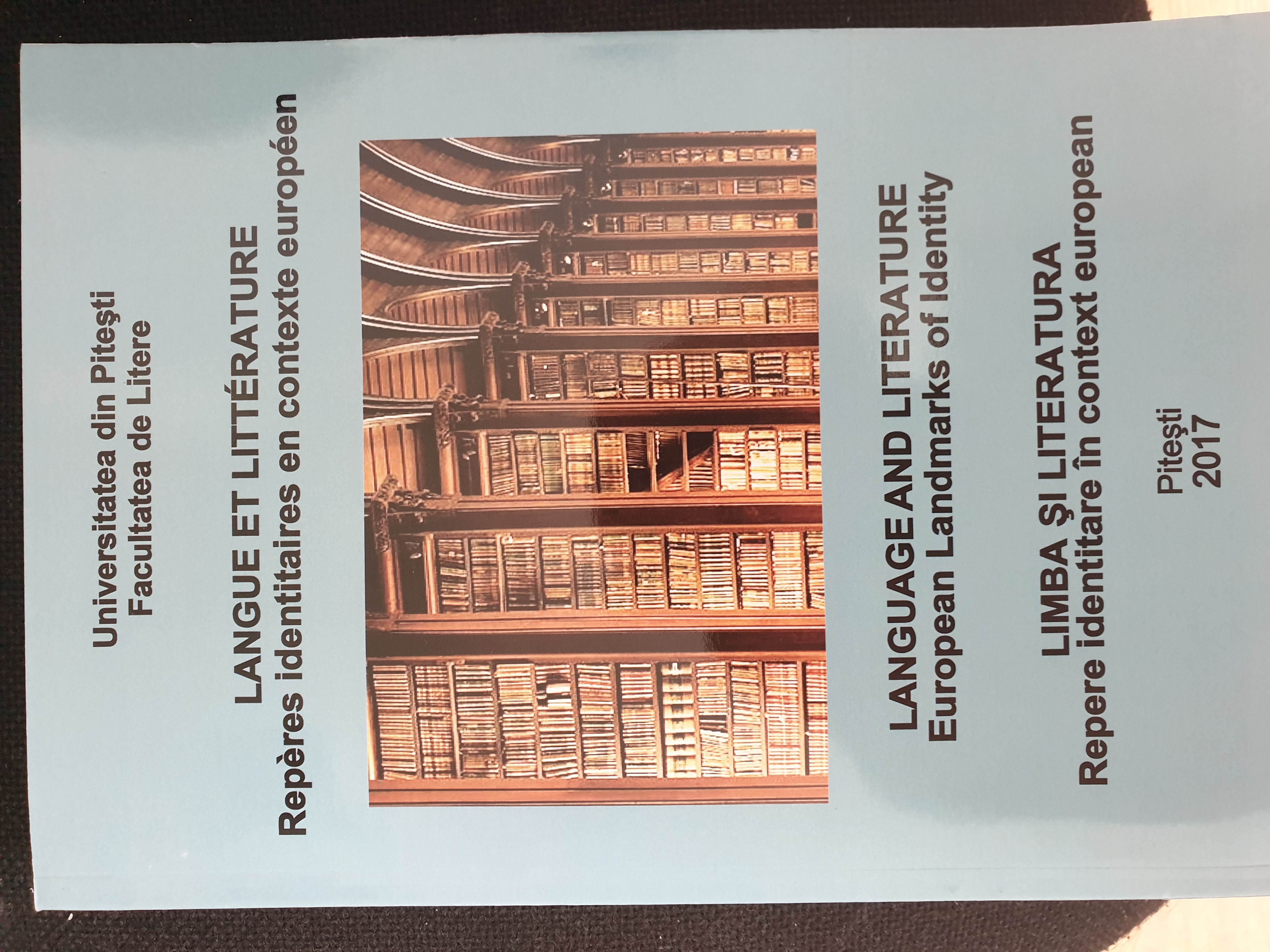
Keywords: legilinguistics; discourse; gender violence.
This paper aims at offering a legilinguistics and contrastive approach to the evolution of some legal terms and phrases in the field of gender violence in English and Romance languages. A more particular focus is given to terms, phrases and structures used in Brasil and Latin America, as well as to sociolinguistic relations with terms outside the scope of gender violence, such as “morosidade da justiça”. Different types of discourses (media, public authorities, victims) are explored in order to shed more light on the interdependence underlying the evolving interaction of various participants to communication acts and the influence of the merchandisation of information on the legal environments within our consumption societies.
More...
Keywords: Oral comprehension; Dispositive; Common core; Textbook
In fact, for all profiles/sections, the teaching of French language in the common core of the Moroccan secondary schooling is realised having as base the textbook, which integrates in its content integral works conceived as didactic modules. The textbook is composed by four modules, each of them having a maximum of two didactic sequences. Each sequence has didactic purposes that have to be reached by the student/pupil, based on the skill trening activities. But, the question arises – is there a reserved place for the competence of oral comprehension? In order to answer this question, it would be logical to return to the summary of the textbook, for finding the clues that may determine the key to the initial question.
More...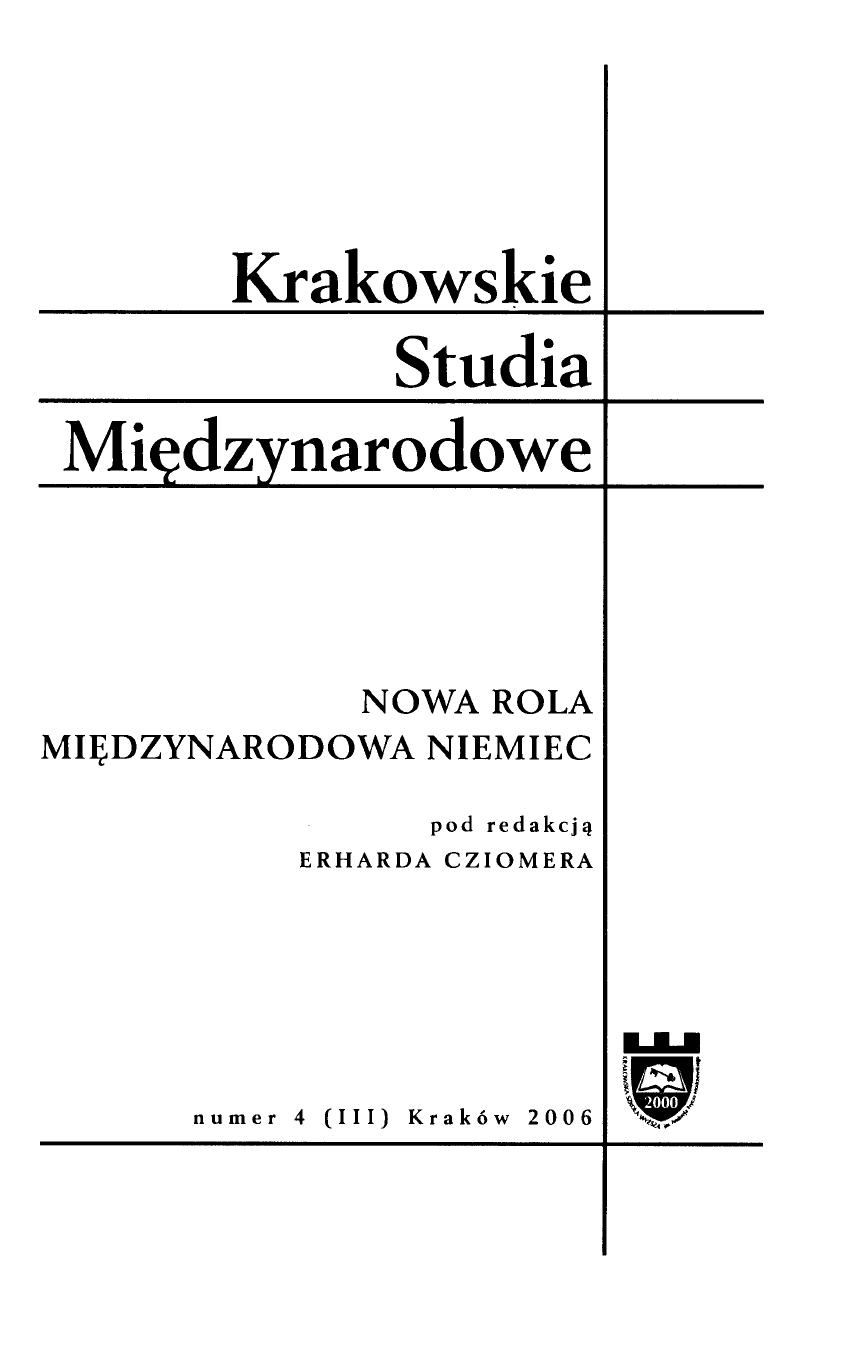
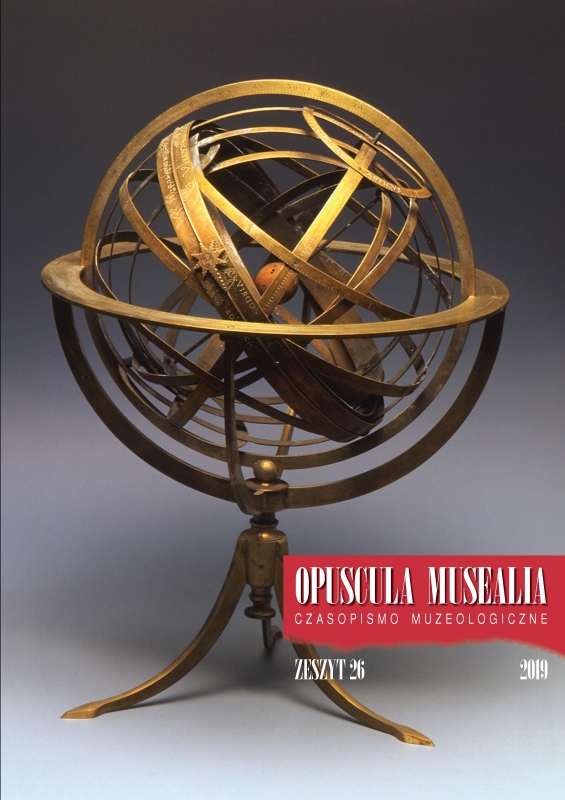
Keywords: model woskowy; Christopher von Rad I; Balthasar Hößlin (Hösslin); srebrne antependium z Augsburga; Jan Wawrzyniec Wodzicki; Abraham II Drentwett; złota figura Matki Boskiej z Dzieciątkiem; Rad & Hößl
Until 1794, silverware and gold statue of Madonna and Child funded as a votive offering for blessings received by Jan Warzyniec Wodzicki, the Deputy Cup-bearer of Warsaw, was kept in Saint Mary’s Basilica in Kraków. Wodzicki donated several items to his parish church: in 1690 he made a gift of six altar candlesticks, in 1692 a gold statue of a Madonna and Child on a gilt silver pedestal and a pair of kneeling angels on pedestals identical to the pedestal of the Madonna statue, and on 12 July 1694 a five-piece silver antependium. In the Archive of the Wodzicki Family from Kościelniki, kept in the Ossolineum Library in Wrocław, the author of this article has found two cost estimates for making the above mentioned silverware, except for the antependium, issued in Warsaw on 9 May 1694 by Rad & Hößlin, a trading house from Augsburg. Christopher von Rad I and Bartholomäus Hößlin (Hösslin), jewellers and goldsmiths from Augsburg, established their company in 1690. The documents found by the author are the first ones to confirm that the above mentioned jewellers from Augsburg operated in Poland. The first cost estimate (Annex I) tells us that Wodzicki gave 1,100 ducats (1,114 Augsburg ducats) for the figure of Madonna and Child. The labour cost of both figures, a case and a travelling bag was 559 imperial thalers and 11 kreutzers (the cost of a wax model and forming the body out of gold sheet cost 35 imperial thalers, whereas the repoussage of the body cost 498 imperial thalers and 11 kreutzers). In accordance with the second specification (Annex II), the goldsmith was paid 1,847 imperial thalers and 30 kreutzers for the candlesticks. The labour cost of making two statues of angels on pedestals was 536 imperial thalers and 22½kreutzers, whereas making the pedestal for the statue of the Madonna and Child cost 182 imperial thalers and 78 kreutzers. The cost estimate of the silver antependium for the main altar has not survived. The inventory of Saint Mary’s Basilica in Kraków shows that the five-piece antependium weighed 206 grzywnas (ancient Polish measure of weight) and cost 14,856 tymf (Polish silver coins).The works were most probably the result of one workshop, and were perhaps by Abraham II Drentwett (1647–1729), a goldsmith, wax sculptor and draughtsman from Augsburg.During the Kościuszko Uprising in 1794, the above mentioned silverware, except for the statues of angels, were taken from the treasury of the basilica by the Order Committee established by Tadeusz Kościuszko and melted down to support the uprising. In 1807, the two statues of angels funded by Wodzicki were sold to goldsmiths from Kraków.
More...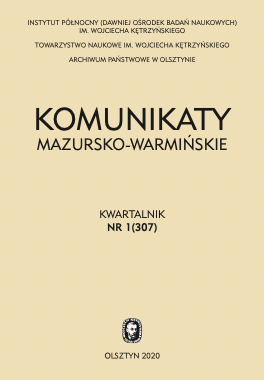
Keywords: Elbląg;church of St. Nicholas;organs;liturgical music;monuments
More...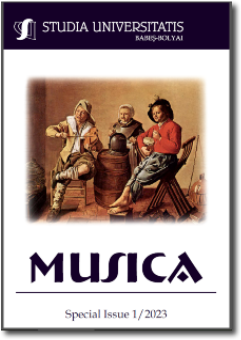
Keywords: Henri Dutilleux; French composer; 20th century;
Henri Dutilleux was one of the prominent figures of European composition, especially in the second half of the 20th century. A complex personality, he worked throughout his career as a musician in various poses, from pianist, to accompanist, to conductor, to pedagogue, to composer, being one of the main promoters of French culture and beyond. He received numerous awards and recognitions for his entire activity, his reputation not only surpassing the borders of the country, but also the European ones. Although he began composing at a very young age, Dutilleux repeatedly omits to include these works in his catalog, even refusing to mention them in the section of his interpreted works. Meticulous and extremely pedantic, he always made changes to his works, constantly crystallizing his style both throughout the varied musical experiences in which the musician took part and through the close collaborations he had with instrumental artists whom he consulted regarding timbral possibilities and techniques of the instruments he was writing for. His compositions, although not very numerous, encompass a vast genuistically variety, and an exhaustive stylistic approach. Although he always embraces new compositional techniques, Dutilleux never reaches a rational extremism, keeping in the foreground the idea of meaningful music, and not the other way around. He died on 22nd of May 2013, in Paris, at the age of 97.
More...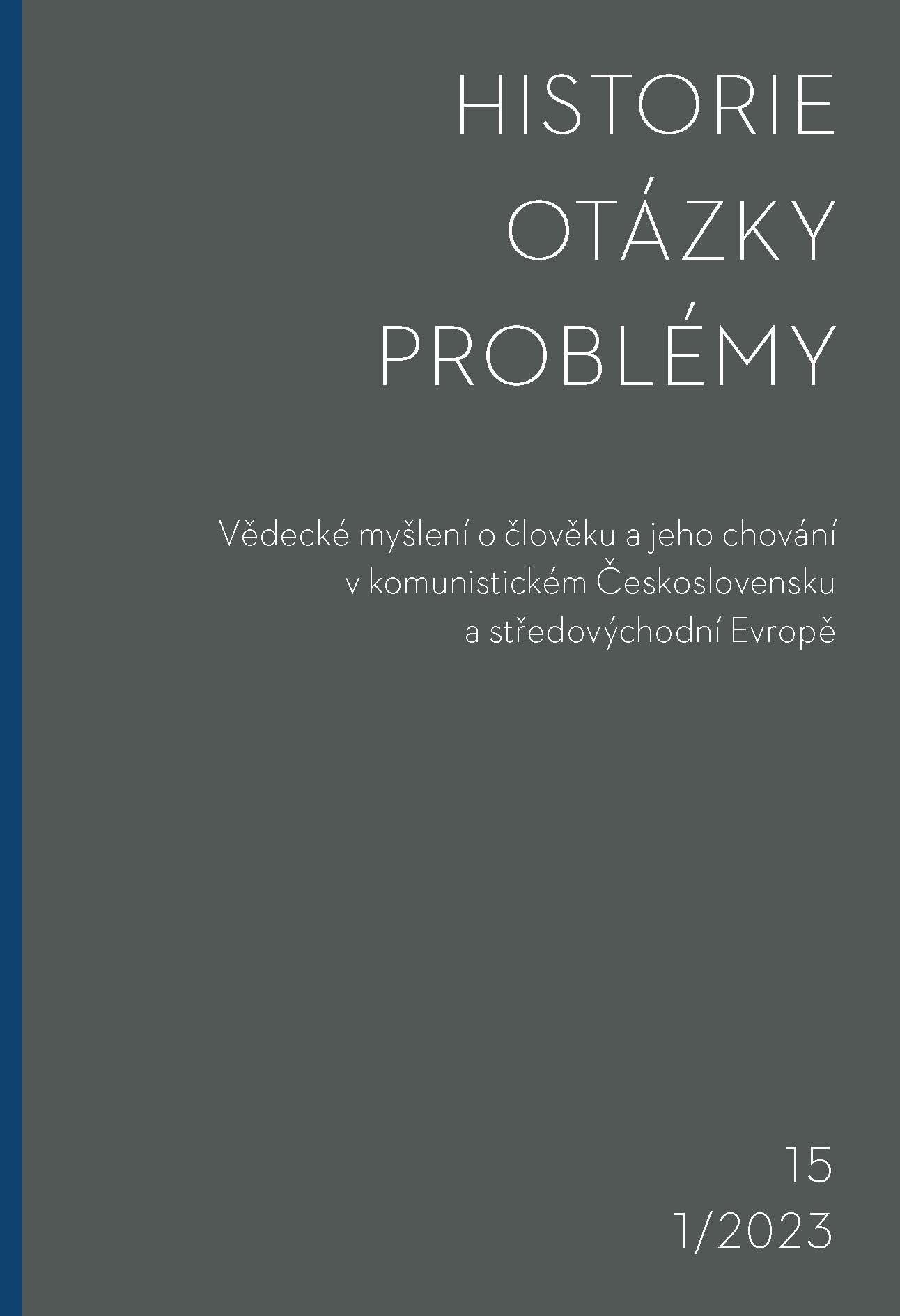
Keywords: developmental psychology; attachment theory; residential childcare; knowledge transfer; Communist Czechoslovakia
This paper explores how attachment theory was adapted and further developed in socialist Czechoslovakia. It analyses the scientific discussions and the influence of the theory on state care policies, especially in residential childcare.
More...